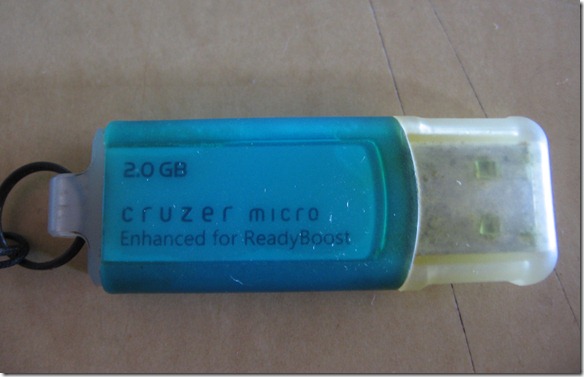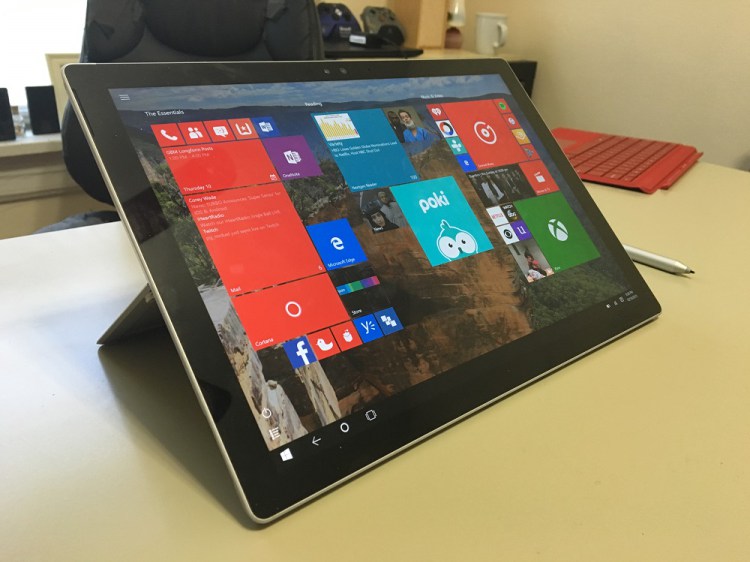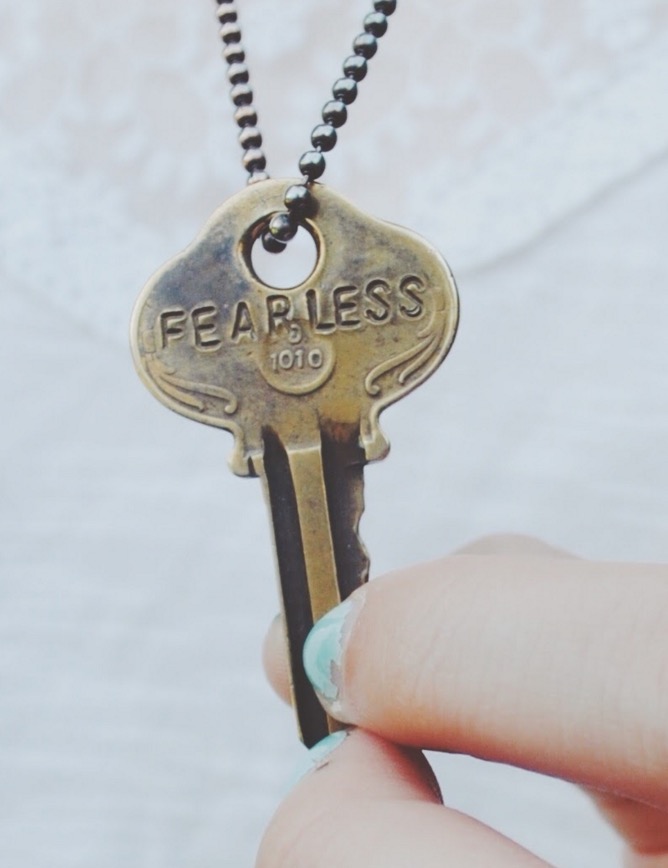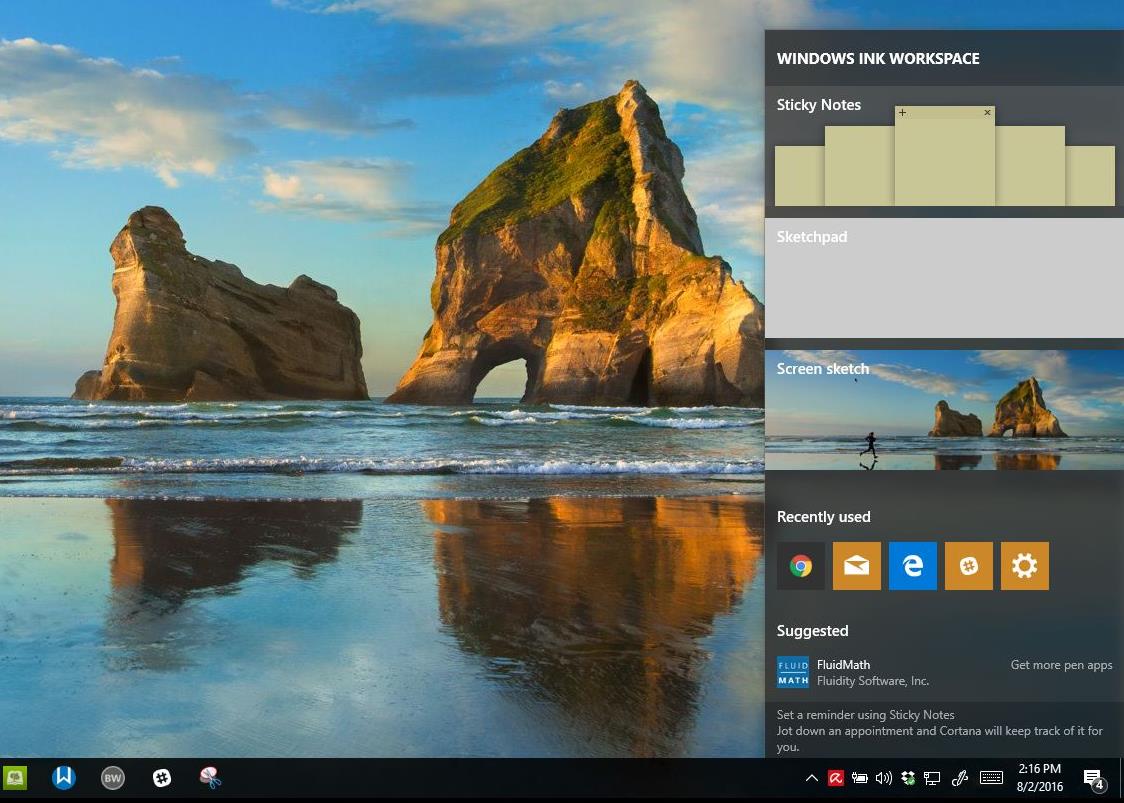When Windows Vista reached the beta 2 stage of development, one of the touted features of the new operating system was a feature called ReadyBoost. The purpose of this new feature was to give PC’s a performance boost that actually needed it to efficiently run the new operating system by supplementing RAM using affordable Flash Drive storage devices that were gaining in popularity at the time.
The significance of ReadyBoost these days is not readily seen considering the average notebook comes with 3 to 4GBs of RAM. If you still have an old desktop or laptop around running Windows 7 especially if its one not adhering to the minimum requirements of Windows 7, ReadyBoost might be able to give it some extra oomph.
ReadyBoost works by caching areas of the operating system along with applications you use most often. When you plug in a Thumbdrive, Windows 7 will give you option of use some of the drives free space to improve performance. If you choose to do so Windows will move some files from your hard disk to the USB thumb drive to optimize the speed of accessing those files.
Setting up ReadyBoost is very easy, all you need is a Thumb drive with enough storage, 1 to 2 GB is recommended. Insert the Thumbdrive.
Click Start, then click Computer
Right click the Thumbdrive, then click Properties.
Go to the ReadyBoost tab
The minimum amount of space you can allocate for use by ReadyBoost is 256 MBs. Here I am using a 16 GB thumbdrive which Windows recommends I reserve 4094 MBs for optimal performance. The system I am using it on has 4 GBs of RAM already, so I don’t think I will need that much for it.
Options
You have a number of options when using a Thumb drive with ReadyBoost such as dedicating the device just for it. If you find it unnecessary to use the thumb drive for such purposes you can always go back to the ReadyBoost tab and select the option ‘Do not use this device’.
A Thumb Drive optimized for Windows ReadyBoost
In some situations, you might not be able to use all of the memory on your device to speed up your computer. For example, some flash memory devices contain both slow and fast flash memory, but ReadyBoost can only use fast flash memory to speed up your computer. To find out if a Thumb drive is optimized for ReadyBoost, look for the ‘Enhanced for ReadyBoost’ logo on specially marked thumb drives.
Here are some tips on what to look for when selecting a USB flash drive or flash memory card to use with ReadyBoost:
- The minimum amount of available space recommended for ReadyBoost to effectively speed up your computer is 1 GB.
- For best results, use a flash drive or flash memory card with available space of at least double the amount of memory (RAM) in your computer, and preferably four times as much memory. For example, if your computer has 1 GB of RAM and you plug in a 4 GB USB flash drive, set aside at least 2 GB on the flash drive to get the best performance gain from ReadyBoost, and preferably the entire 4 GB. How much memory you need depends on how you use your computer. Keeping a lot of programs open at once uses more memory.
- Give ReadyBoost 2 GB to 4 GB of space for best results on most computers. You can reserve more than 4 GB of space for ReadyBoost on most flash drives and flash memory cards. (Storage devices formatted with the older FAT32 file system can’t store more than 4 GB.) You can use a maximum of 32 GB of available space on any single removable storage device with ReadyBoost and up to 256 GB total per computer (by inserting up to eight USB flash drives or flash memory cards into the same computer).
- To work with ReadyBoost, a USB flash drive must support USB 2.0 or higher. Your computer must have at least one free USB 2.0 port where you can plug in the flash drive. ReadyBoost works best if you plug the flash drive into a USB port directly on the computer, rather than into an external USB hub shared with other USB devices.
- If you want to be sure a USB flash drive works with ReadyBoost, look for a note from the manufacturer that the flash drive is “Enhanced for ReadyBoost.” Not all manufacturers list this on their packaging. If there is no mention of ReadyBoost compatibility, the flash drive still may work with ReadyBoost.
- There are many different kinds of flash memory cards, such as CompactFlash and Secure Digital (SD) memory cards. Most memory cards work with ReadyBoost. Some SD memory cards don’t work well with ReadyBoost due to issues with the SD card interface. ReadyBoost will display an error message if you attempt to use one of these cards.
Solid State Drives (SSDs)
The new rage in storage devices are Solid State Drives, popular especially in laptops such as the Apple MacBook Air and the Dell Adamo or as an upgrade like the Intel X-25M. SSD’s are more efficient because they have no moving parts compared to mechanical hard disk which do. So, if you have a hard disk that uses solid-state drive (SSD) technology, you may not see an option to speed up your computer with ReadyBoost when you plug in a USB flash drive or flash memory card. This is because some SSD drives are so fast they’re unlikely to benefit from ReadyBoost.






